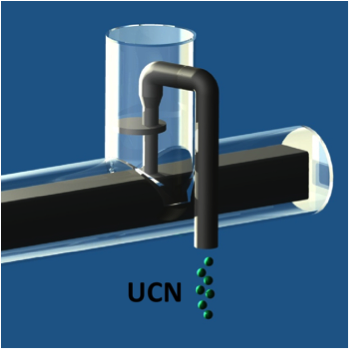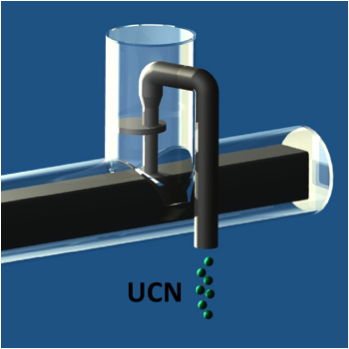Slow Neutrons Are Dense
Some aspects of fundamental physics that are studied in high-energy accelerator labs can also be investigated within less-expensive neutron facilities. With a mass but no charge, neutrons are particularly useful probes as they lack atomic structure and are thus immune to, for example, van der Waals and Casimir forces.
Ultracold neutrons (UCN)—slow-moving neutrons that can be trapped in containment devices with the help of effects such as geometrical constraints and gravity—can be captured for hundreds of seconds, enabling precise studies of the neutron’s static and decay properties.
Traditional UCN sources, based on liquid deuterium, made densities of about per available for experiments. In their paper in Physical Review Letters, Oliver Zimmer at the Institut Laue-Langevin, France, and colleagues detail progress with a technology they published in Physical Review Letters in 2007. The authors now report a new source that produces UCN density of about per —a fivefold increase. This source is based on superfluid helium- , which has no neutron absorption cross section or excitations below that can scatter the UCN. Advances in the storage time and density should prove useful to various user groups, particularly in their long-standing search for the neutron electric dipole moment. – Sami Mitra





